Is Chocolate Actually Healthy? A Food Nerd’s Guide to Buying the Good Stuff
I’ve been a food scientist for a long time, and I’ve seen more food fads come and go than I can count. Most are just clever marketing. But the buzz around chocolate’s health benefits? That’s different. There’s some real science there, even if it’s usually buried under a mountain of sugary hype.
In this article
People ask me all the time: Is chocolate a health food or just candy? And honestly, the answer is… it can be both. The real difference is found in the bean, the way it’s processed, and how you eat it.
My job is all about digging into plant compounds, and cacao is one of the most fascinating. This isn’t just an article giving you permission to eat more sweets. It’s about pulling back the curtain so you can see the real potential of cacao and make choices that are actually good for you. We’ll look at the science, how to read a label like a pro, and how to fit incredible chocolate into your life the smart way.
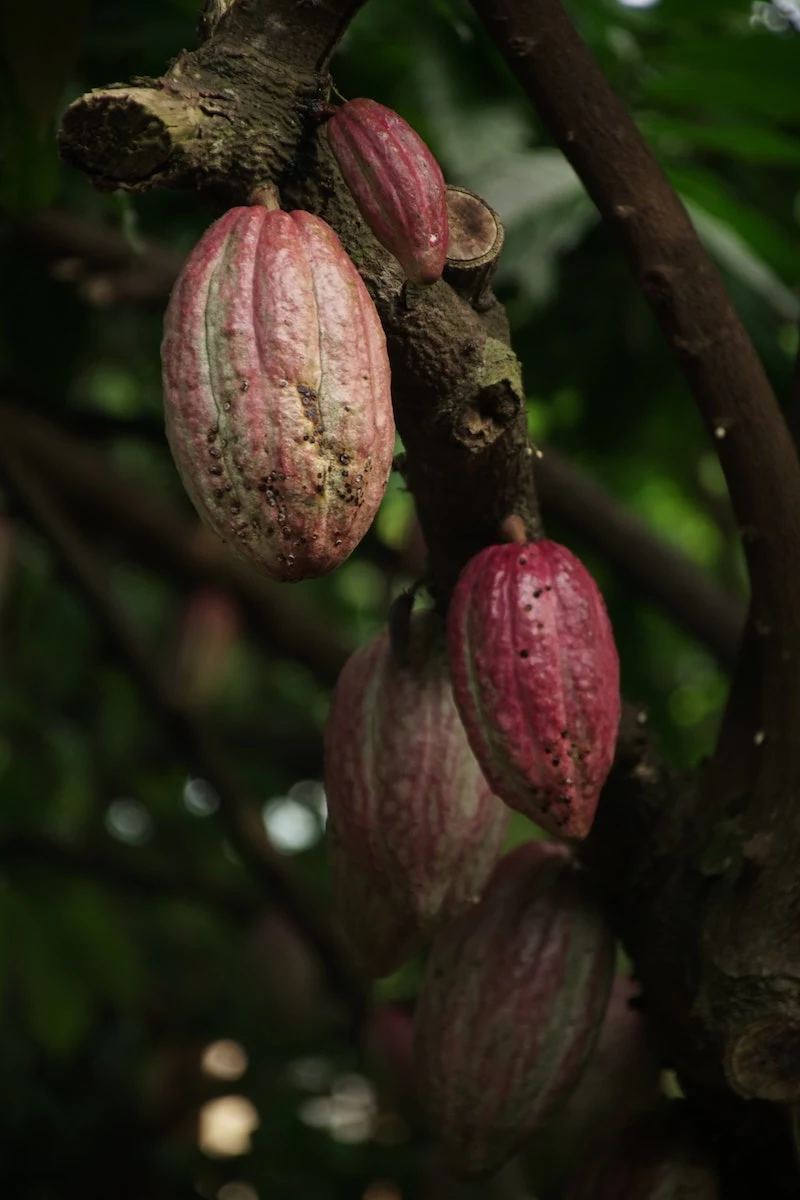
From Bitter Bean to Blissful Bar: What’s Actually Happening?
To get why some chocolate is better than others, you have to know its origin story. It all starts with the cacao bean, the seed from the Theobroma cacao tree. Straight from the pod, these beans are intensely bitter and taste nothing like the candy bar you know.
The magic begins with a few key steps:
First, the beans, covered in a white pulp, are fermented in piles or boxes for several days. This isn’t just for flavor; it’s crucial for activating the good stuff. The process generates a gentle heat that kicks off chemical reactions inside the bean, breaking down large polyphenol molecules into smaller, more useful compounds called flavanols. These are the antioxidants everyone is talking about.
After fermenting, the beans are dried, usually out in the sun, to lower the moisture and prevent mold. Then comes the most important trade-off: roasting. Just like coffee, roasting develops that deep, rich chocolate flavor. But here’s the catch—heat destroys those delicate flavanols. A chocolatier focused on flavor might roast hotter and longer, while one aiming for health benefits will use a lower, gentler heat, preserving more of the good stuff at the cost of some classic roasted taste.
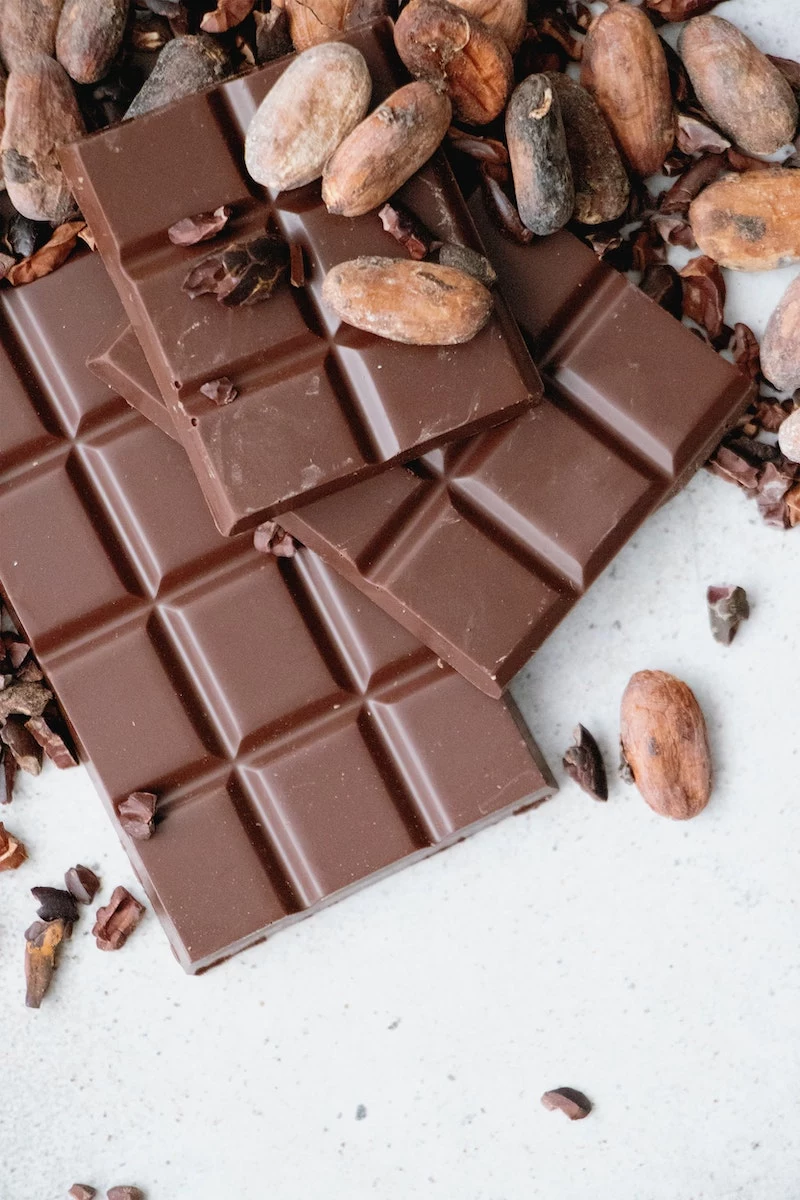
Cacao vs. Cocoa: What’s the Difference?
Oh yeah, let’s clear this up right away because it’s a huge point of confusion. Think of cacao as the less-processed, more natural form. Cacao powder and nibs are typically made from beans that have been minimally processed at lower temperatures. Cocoa, on the other hand, usually refers to cacao that’s been roasted at high heat and is often what you find in baking aisles and sugary hot chocolate mixes.
When we talk about health benefits, we’re almost always talking about the compounds found in high-cacao-content products.
- Flavanols: These are the star antioxidants. Think of them as your cells’ personal bodyguards, fighting off damage from unstable molecules that contribute to aging and chronic illness. The less processing, the more flavanols remain.
- Theobromine: This is cacao’s unique stimulant. It’s related to caffeine but works differently. Instead of a sharp jolt to the nervous system, it gently widens blood vessels, which can give you a sustained, smooth energy lift without the coffee jitters.
- Polyphenols: This is the bigger family of antioxidants that includes flavanols. And by the way, these compounds also act as prebiotics—food for your good gut bacteria. A happy gut is linked to everything from a stronger immune system to better mental clarity.
So, a highly processed milk chocolate bar and a minimally processed 85% dark chocolate bar are chemically worlds apart. The benefits are tied directly to the amount of cacao and how gently it was handled.

Decoding the Chocolate Aisle: Your No-Nonsense Guide
Staring at a wall of chocolate bars can be overwhelming. But once you know the code, you can spot the quality stuff in seconds.
1. The Percentage is Your First Clue
That number on the front (70%, 85%, etc.) tells you how much of the bar, by weight, comes from the cacao bean. This includes the bitter cacao solids (where the flavanols live) and the cocoa butter (the bean’s natural fat). A 70% bar is 70% cacao ingredients and 30% other stuff, which is almost always sugar.
Higher percentage = more cacao solids and less sugar. Simple. For a great balance of flavor and benefits, I suggest starting in the 70-75% range. Anything over 85% can be intensely bitter if you’re not used to it, but it delivers the biggest antioxidant punch.
2. The Ingredient List Tells the Real Story
Here’s your cheat sheet for spotting quality. Remember, ingredients are listed from most to least.
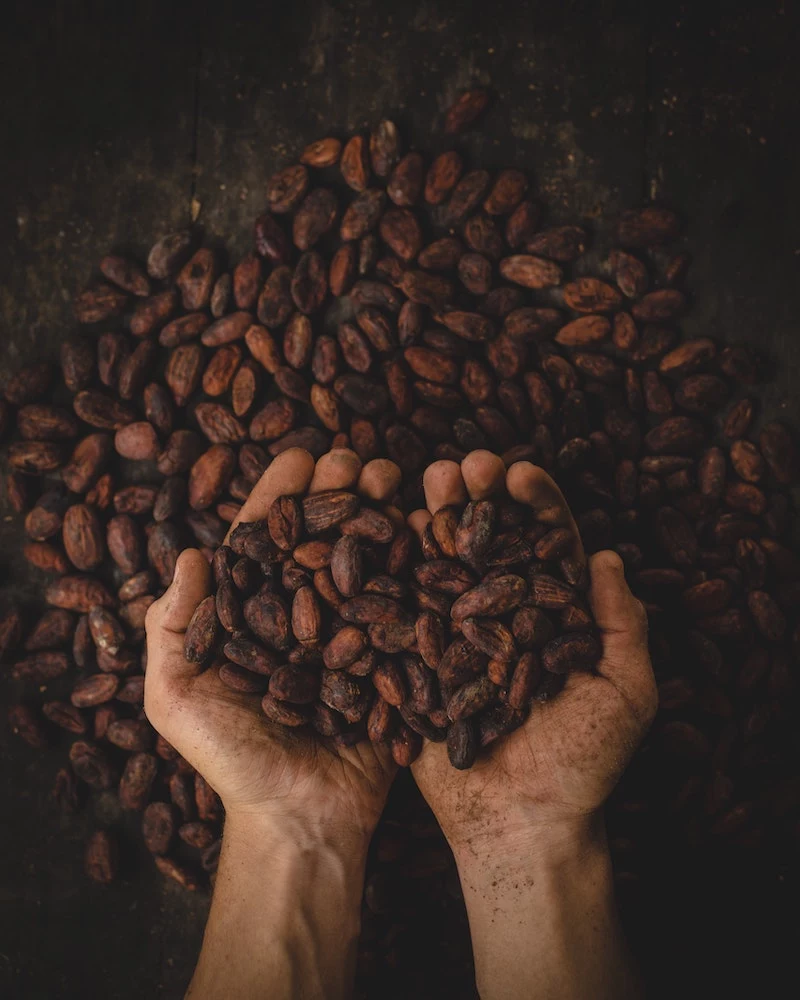
- Look for This First: ‘Cacao,’ ‘chocolate liquor,’ or ‘cacao mass’ should be the #1 ingredient. If sugar is listed first, put it back. That’s a candy bar.
- Avoid Sneaky Fats: If you see palm oil, vegetable oil, or anything hydrogenated, it’s a hard pass. These are cheap fillers used to replace the more expensive (and delicious) cocoa butter.
- What About Emulsifiers? You’ll often see soy or sunflower lecithin. It’s used in tiny amounts to create a smoother texture. It’s not a dealbreaker, but the highest-end, purist chocolate bars often don’t need it.
3. The Sneaky Ingredient That Kills the Benefits
Heads up! This is the most important thing most people miss. If you see “cocoa processed with alkali” or “dutched cocoa” on the label, be wary. This is a process developed a long time ago to neutralize cacao’s natural acidity, making it taste milder and look darker.
From a health perspective, it’s a total disaster. Research confirms that alkalization can destroy between 60% and 90% of the flavanols. An 80% dutched chocolate bar might have fewer benefits than a natural 70% bar. If you’re buying chocolate for its health properties, always choose one made with natural, non-alkalized cocoa.

Quick Tip: Don’t store your fancy chocolate in the fridge! The moisture can cause “sugar bloom”—that chalky, white coating—and it acts like a sponge for other food smells (chocolate-flavored onions, anyone?). A cool, dark cupboard is your best bet.
Good Chocolate Costs More, and That’s Okay
Let’s be real: quality chocolate isn’t cheap, and it shouldn’t be. When you see a higher price tag, you’re often paying for better things than just a brand name.
Like wine, cacao has “terroir.” Beans from Madagascar can have bright, fruity notes, while beans from Ecuador might be more floral and nutty. Beyond taste, farmers who are paid fairly and taught sustainable growing methods tend to produce higher-quality beans. Certifications like Fair Trade (which ensures fair prices for farmers) and Rainforest Alliance (which focuses on environmental sustainability) are good signs.
Be prepared to spend a bit more. A quality 3.5-ounce bar often costs between $4 and $7. Think of it less like a candy bar and more like a fine cheese or a good bottle of wine—a little goes a long way. Good, widely available brands to start with are Lindt Excellence (70% and up), Ghirardelli Intense Dark, and Endangered Species Chocolate because they have simple ingredients and aren’t alkalized.
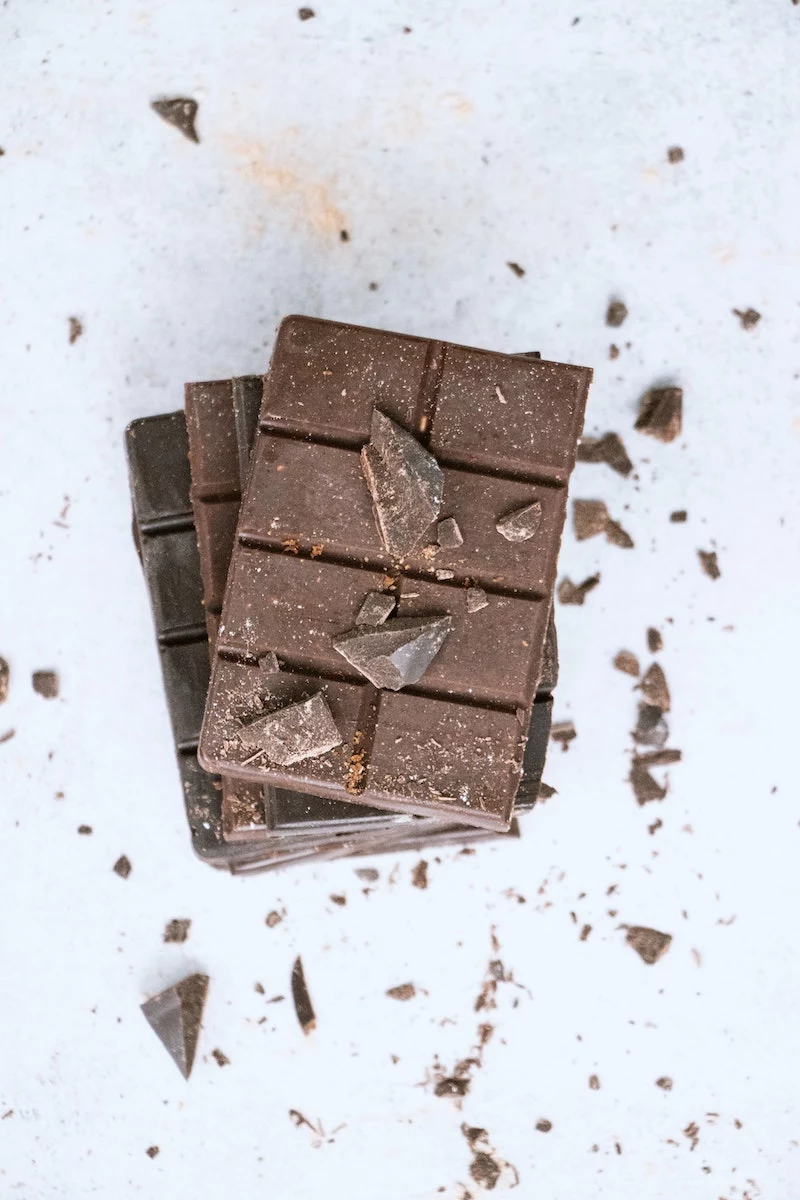
How to Actually Eat It (And Enjoy It!)
The goal isn’t to start downing whole chocolate bars. It’s about using small amounts of the right kind to your advantage.
A good daily amount is around 20-30 grams. That’s about a one-ounce square, or two or three small pieces. This gives you a meaningful dose of those beneficial compounds without a ton of calories or sugar. A standard 3.5oz bar should last you three to five days.
How to Train Your Palate for Dark Chocolate
If you’re used to sweet milk chocolate, jumping to an 85% bar can be a shock. Don’t do that! You’ll hate it. Instead, train your taste buds gradually:
- Start at 60-70%. Get a bar in this range and try it.
- Pair it! To cut the bitterness, eat your small piece of chocolate with a raspberry, a few almonds, or a dab of peanut butter. The combination is fantastic.
- Slowly move up. After a week or two, try a 75% bar. Then an 80% or 85%. You’ll be surprised how quickly your palate adjusts and starts appreciating the complex flavors instead of just craving sugar.

Other Ways to Get Your Cacao Fix
- Cacao Powder: Add a tablespoon of unsweetened, natural (non-alkalized) cacao powder to smoothies, oatmeal, or yogurt. It’s pure cacao flavor with almost no sugar.
- Cacao Nibs: These are crunchy bits of broken-up cacao beans. They’re intense and not sweet at all. I love sprinkling them on Greek yogurt or even salads for a bitter, chocolatey crunch.
A Few Important Warnings
As a scientist, I have to give you the full picture, and that includes the risks. Balanced advice is the only trustworthy advice.
Heavy Metals: The Uncomfortable Truth
Cacao plants are excellent at pulling minerals from the soil—including, unfortunately, heavy metals like cadmium and lead if they’re present. The risk comes from long-term, daily consumption of high amounts from the same exact source.
So how do you avoid this? Two simple things. First, moderation is key. Stick to that one-ounce portion. Second, rotate your brands and the origin of your beans. For instance, you could buy a bar that sources from Africa, like Theo Chocolate, one week, and the next, try one with Latin American beans, like Taza Chocolate. This simple trick diversifies your sourcing and reduces your risk of consistent exposure.
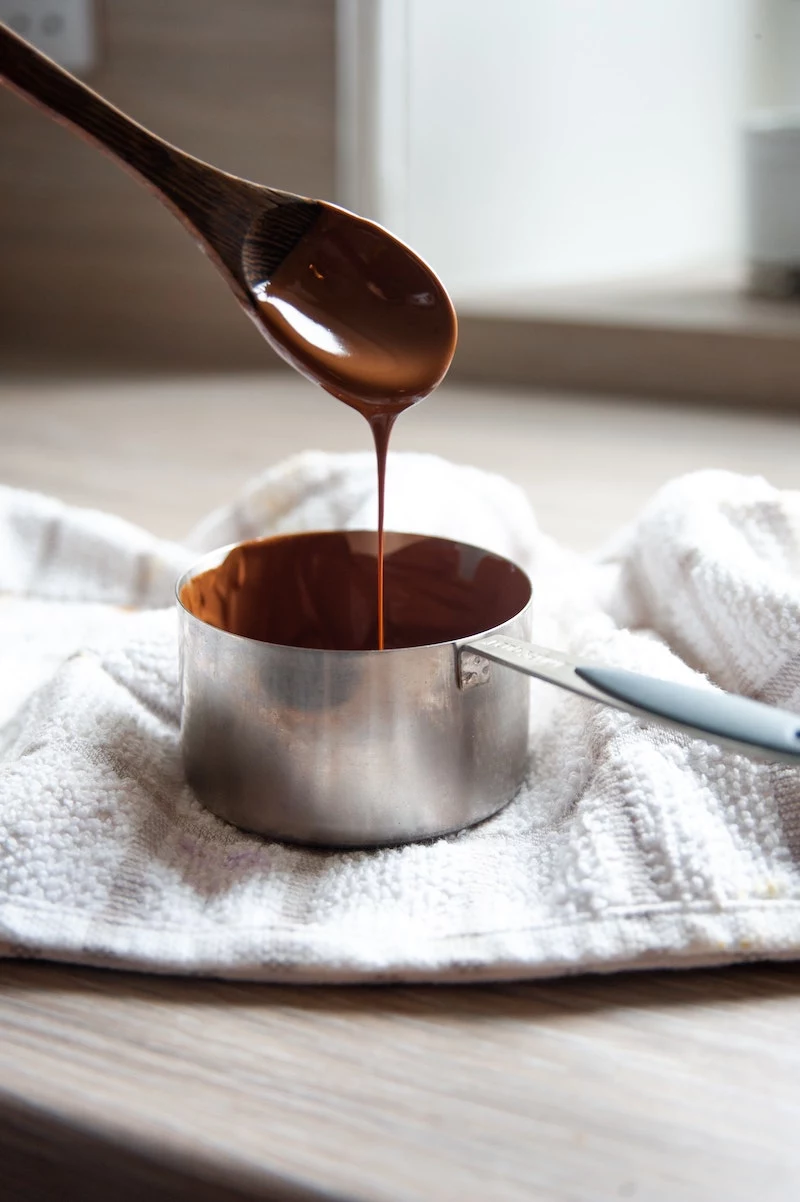
A Note for Diabetics and the Sugar-Conscious
If you are managing blood sugar, you have to be extra careful. Please talk to your doctor before making any changes. While pure cacao is low on the glycemic index, the final chocolate bar still contains sugar. An 85% bar is a much better choice than a 60% bar, but you still need to read the nutrition label and account for the carbs.
And finally, remember that chocolate is not a magic wand. It can’t undo a poor diet or a stressful lifestyle. Think of high-quality dark chocolate as a small, delicious, and powerful tool in your overall health toolbox. When you respect its complexity and choose wisely, you can fully enjoy everything it has to offer.
Inspirational Gallery

Did you know? The term ‘bean-to-bar’ isn’t just a marketing buzzword. It signifies that the chocolatier controls the entire process, from sourcing and roasting the cacao beans to grinding and molding the final bar.
This level of control is what allows makers like Dandelion Chocolate or Amedei to preserve the unique flavor notes—or ‘terroir’—of beans from a specific region, like Madagascar (often fruity) or Ecuador (often floral). When you see ‘bean-to-bar’ on a package, it’s a strong indicator of a focus on quality and transparency, moving chocolate from a simple sweet to an artisanal experience.










